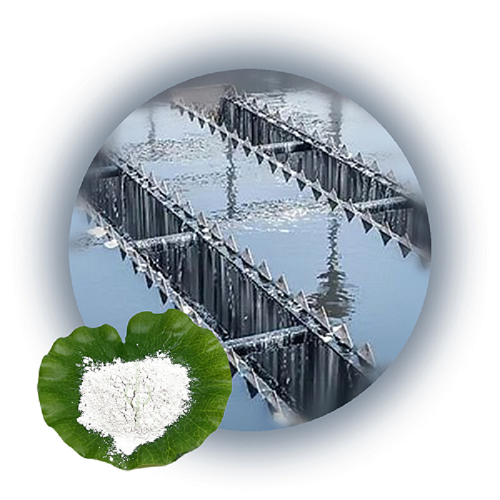
Home Products Sewage Treatment Bacteria River Rehabilitation Powder Enzyme Microbial Phosphorus Absor
Working Principle
When the phosphorus accumulating bacteria in the activated sludge live in a nutrient-rich environment, they will enter the logarithmic growth phase and prepare for a large number of divisions. The cells can absorb a large amount of dissolved orthophosphate from the wastewater, and accumulate them for the nextPhosphorus requirements for the synthesis of nucleic acids during the phase-logarithmic growth phase.
In addition, when the phosphorus accumulating bacteria enters the stationary phase after the logarithmic growth phase, most of the cells have stopped reproducing, the synthesis of nucleic acid has stopped, and the demand for phosphorus is also very low; but if there is still phosphorus in the environment, the cellsWhen there is a certain amount of energy, phosphorus can still be absorbed from the outside world.

Types of Phosphorus Absorbing Bacteria
(1) Acinetobacter. It is the earliest discovered phosphate accumulating bacteria, which can absorb excessive phosphorus in sewage and form polyphosphates in cells. It has also been reported that Acinetobacter can degrade polyphosphates in its cells during the period of vigorous metabolism and anaerobic conditions. This releases phosphorus, but "old" bacteria in a stable growth phase do not have this feature.
(2) Aeromonas. Aeromonas is also one of the main phosphorus accumulating bacteria. In the entire bacterial composition of activated sludge, such bacteria account for 12% to 36%, and the proportion in anaerobic and anoxic areas is sometimes higher than that in aerobic areas. , the main role is to degrade organic matter. That is, under anaerobic conditions, certain sugars and alcohols are metabolized to generate short-chain volatile fatty acids; and, they are capable of denitrification.
(3) Pseudomonas. It is an important type of bacteria in the biological phosphorus removal system. It can accumulate polyphosphate, and its content can be as high as 31% of the specific gravity of bacteria. Phosphate content also increased with the extension of incubation time, and the activity of phosphokinase decreased with the increase of polyphosphate, indicating that polyphosphate has inhibitory effect on polyphosphate kinase.
Name: Nicole Yu
Mobile:+86 17718148007
Tel:+86 17718148007
Whatsapp:8617718148007
Email:sales@kashionbiotech.com
Add:No.6, Zhanxi Road, Yaohai District, Hefei City, Anhui Province, China.